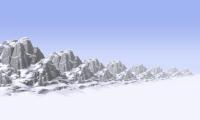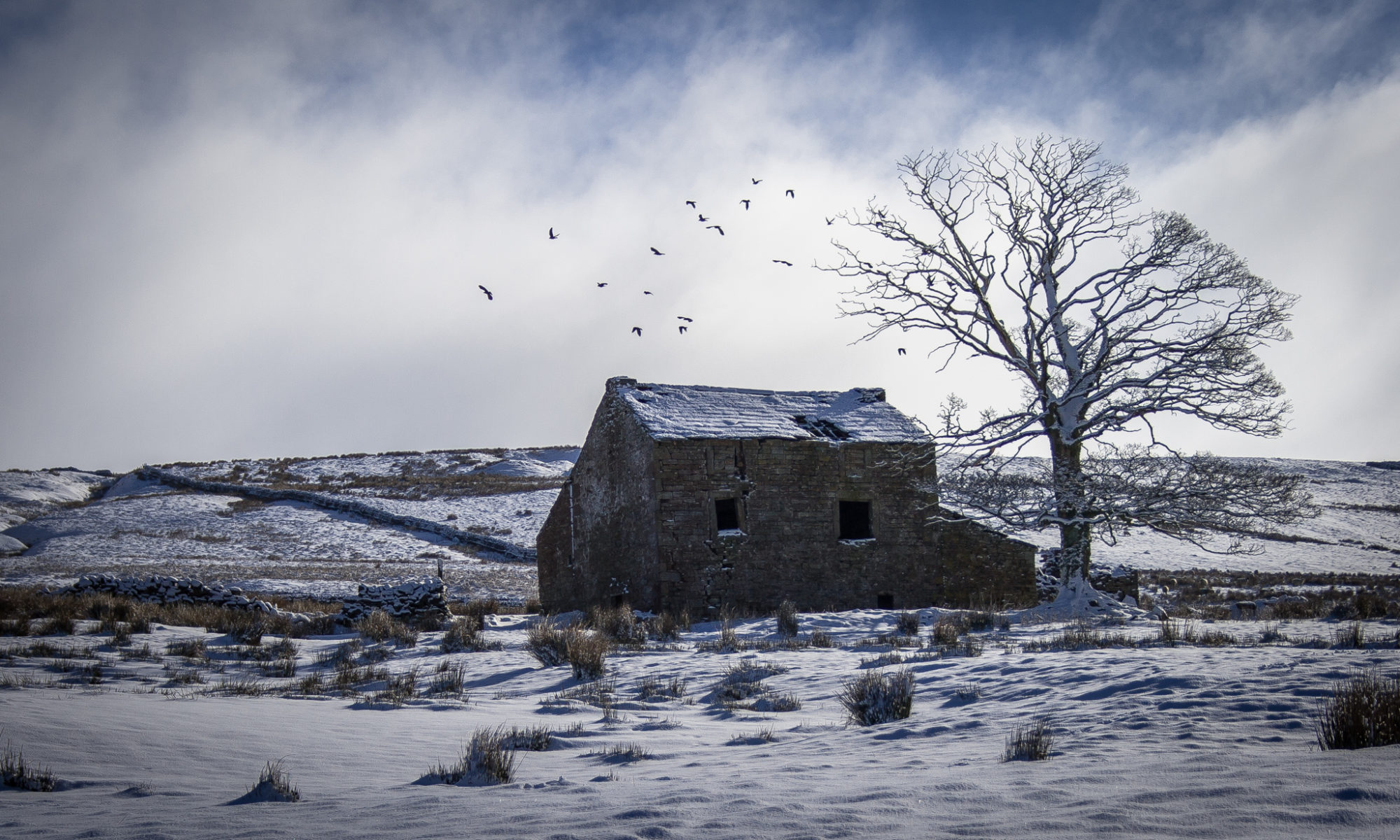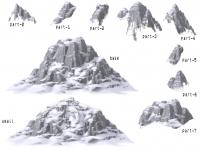 As part of the graphics effects for Doomdark’s Revenge, Jure and I implemented a haze effect to the landscaping. The mechanic is simple if a little processor hungry. The landscaping technique draws from back to front using seven definitive distance layers, z axis if you like. So what we do in DDR is after every layer has been drawn, we apply a haze alpha mask to modify the pixels drawn. The layer at the back will get modified by every haze layer and thus thicken up the haze fogginess in the distance. You can see the affect on the image here – click to get a bigger view. This is an example of the amount of extra processing taking place in the DDR frontend. What I would like to see is the system moved to using 3d hardware, this would allow effects like this to be done using pixel shaders. This combined with hardware drawing in general would make the DDR frontend function with little graphic overhead.
As part of the graphics effects for Doomdark’s Revenge, Jure and I implemented a haze effect to the landscaping. The mechanic is simple if a little processor hungry. The landscaping technique draws from back to front using seven definitive distance layers, z axis if you like. So what we do in DDR is after every layer has been drawn, we apply a haze alpha mask to modify the pixels drawn. The layer at the back will get modified by every haze layer and thus thicken up the haze fogginess in the distance. You can see the affect on the image here – click to get a bigger view. This is an example of the amount of extra processing taking place in the DDR frontend. What I would like to see is the system moved to using 3d hardware, this would allow effects like this to be done using pixel shaders. This combined with hardware drawing in general would make the DDR frontend function with little graphic overhead.
|inline
Like this:
Like Loading...
Related Posts:



